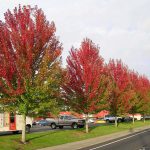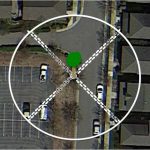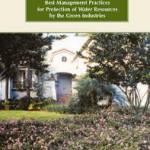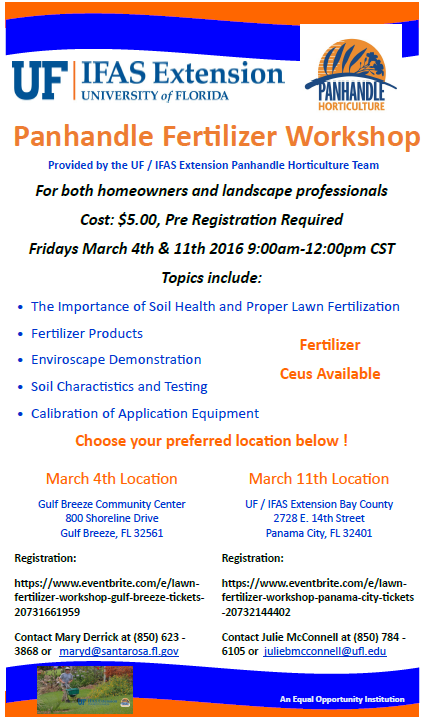Should a Red Maple be Planted There?
 Red Maples are among the most frequently planted urban trees. Many of its features, especially its leaves are quite variable in form. Its flowers, petioles, twigs and seeds are all red to varying degrees. But, it is best known for its brilliant deep scarlet foliage in autumn. Red Maple is adaptable to a wide range of site conditions, perhaps more so than any other tree in eastern North America. It can be found growing in swamps, on poor dry soils, and most anywhere in between. However, the tree health and appearance decreases when trees have more impervious surfaces around them.
Red Maples are among the most frequently planted urban trees. Many of its features, especially its leaves are quite variable in form. Its flowers, petioles, twigs and seeds are all red to varying degrees. But, it is best known for its brilliant deep scarlet foliage in autumn. Red Maple is adaptable to a wide range of site conditions, perhaps more so than any other tree in eastern North America. It can be found growing in swamps, on poor dry soils, and most anywhere in between. However, the tree health and appearance decreases when trees have more impervious surfaces around them.
North Carolina State University research has developed the impervious surface threshold (http://content.ces.ncsu.edu/impervious-surface-threshold-for-sustainable-urban-tree-planting-and-landscaping-design) which can be used to identify planting sites where Red Maple will thrive. Landscape architects, urban planners, arborists, landscapers, and other professionals can use these impervious surface thresholds to reduce Red Maple management and replacement costs.
Trees surrounded by less than 33% impervious surface cover will most likely be in good or excellent condition. Trees surrounded by 33%-66% are likely to be in fair condition. Trees surrounded by 67% or more tend to be in poor condition. Impervious surface cover can be measured by using the “Pace to Plant” technique.
The “Pace to Plant” technique is a tool to quickly and accurately quantify the amount of impervious surface surrounding a tree or planting site. Begin by standing at the planting site and identify the closest impervious surface edge. Take 25 steps at 45⁰ to the nearest impervious edge, counting only the steps that land on the impervious surface. Then, return to the identified planting site and begin walking 25 steps in the opposite direction. Again, only count the steps that fall onto impervious surface. If you encounter a building or wall, count the remainder of the steps as impervious. One more time, return to the starting planting site. This time turn 90° and begin walking 25 steps and count the steps that fall onto impervious surface. Finally, turn around and go back to the planting site and begin walking in the opposite direction for 25 steps. This will be the fourth time that steps falling onto the impervious surface are counted. Having walked in four directions located 90° from each other, completing an “X” through the planting site, the transect is final with a total of 100 steps have been taken. By totaling the number of steps that fall onto impervious surfaces the percentage of the surrounding ground area can be determined. For example, if the total number of steps falling on impervious surface is 65 (out of the potentially 100 steps), the percentage of impervious surface is 65%. Using the established criteria, the site would not be suitable for planting a Red Maple.
While North Carolina State has only researched the Red Maple tree species, the “Pace to Plant” technique could be used to determine suitable sites for many different trees being considered for commercial urban planting.
By evaluating the impervious surface restrictions, better tree species selection may be possible. If the right tree for the right place is chosen well, stress to urban trees, including pest infestations, can be reduced.
Growing Healthy Palms Workshop

University of Florida palm and disease Extension specialist Dr. Monica
Elliott will share information on palm installation and best management
practices.
- Timing and techniques for proper palm planting.
Establishing and care for palms through proper watering,
fertilization, and pruning. - Learn the cold hardy palms to plant along the Gulf Coast and
palm issues and diseases associated with cold weather
injury. - Where to focus your palm care when funds are limited.
Wednesday July 27, 2016
Pensacola (10-11:45am), Escambia County Central Office Complex, 3363 West Park Place Pensacola, FL 32505
REGISTER: Program is free but register for a spot by calling 475-5230 or emailing bbolles@ufl.edu
Santa Rosa Beach (3-4:45pm), Walton County Extension Annex 70 Logan Ln, Santa Rosa Beach, FL 32459
REGISTER: Program is free but register by calling 850-892-8172 or emailing haneyc@ufl.edu
CEUs to be available
Limited Urban Commercial Fertilizer License – Do You Have It?
 On June 18, 2009, Florida Governor Charlie Crist signed into law SB 494 requiring all commercial fertilizer applicators have a license by January 1, 2014. Passing the Green Industries Best Management Practices (GI-BMP) training is mandatory to obtain that license. University of Florida/IFAS Extension provides training and testing programs in urban landscape management practices and issues certificates demonstrating satisfactory completion of the training. These classes are available in English, Spanish, or Haitian Creole.
On June 18, 2009, Florida Governor Charlie Crist signed into law SB 494 requiring all commercial fertilizer applicators have a license by January 1, 2014. Passing the Green Industries Best Management Practices (GI-BMP) training is mandatory to obtain that license. University of Florida/IFAS Extension provides training and testing programs in urban landscape management practices and issues certificates demonstrating satisfactory completion of the training. These classes are available in English, Spanish, or Haitian Creole.
After receiving a certificate of completion of the GI-BMP training, a person must pay $25 and apply with Florida Department of Agriculture and Consumer Services (FDACS) to receive the Limited Certification for Urban Landscape Commercial Fertilizer (LCULCF) also commonly called the “fertilizer license.” You can apply online or download the paper application and apply by mail.
There has been a lot of confusion over which certificate is needed by the applicator. Many individuals have not completed the second step of the process and are not in compliance with current state laws. If you are unsure which certification you hold, check your wallet card for the identification number; an FDACS issued certification will begin with “LF” and the GI-BMP certification begins with “GV.” You must have the FDACS certification beginning with “LF” to apply fertilizer for-hire.
The LCULCF certification expires 4 years after the date of issuance. Continuing education of two hours of F.S. 482 General Standards CORE and two hours of the category Limited Urban Fertilizer are required for renewal. Those that received their LCULCF certification before the 2014 deadline may be approaching the need for renewal.
The good news is, if you passed the GI-BMP certification but failed to take the next step towards FDACS certification your GI-BMP training certificate is non-expiring and you can still apply for the LCULCF without attending the training again. Not sure if you have successfully completed this program? You can check here the list of certificate holders by county at http://ffl.ifas.ufl.edu/professionals/certification_lists/cert_county_name.shtml.
If you did pass the course, but cannot locate your GI-BMP certificate, you can request a replacement copy here.
Using UF/IFAS-recommended application rates and timing of pesticides, fertilizer and irrigation can help prevent nonpoint source pollution (water pollution that is associated with everyday human activities and driven by rainfall, runoff and leaching) from urban landscapes. By choosing plants appropriate for the site and maintaining them with correct cultural practices (irrigation, fertilization, mowing and pruning), one can significantly reduce the amount of water a landscape needs to thrive.
The GI-BMP class teaches landscape workers how to implement these Best Management Practices into their daily work. This is an opportunity for Green Industry workers to complete this requirement and market their skills to clientele. Trainings are available monthly across the Panhandle as well as on-line. Visit the website for more information http://fyn.ifas.ufl.edu/professionals/BMP_overview.htm.

Cancelled – Panhandle Turf Fertilization Workshops March 4th and 11th
Due to low registration, these class dates have been cancelled. We hope to reschedule in the near future – please check back for further details.
We apologize for any inconvenience.